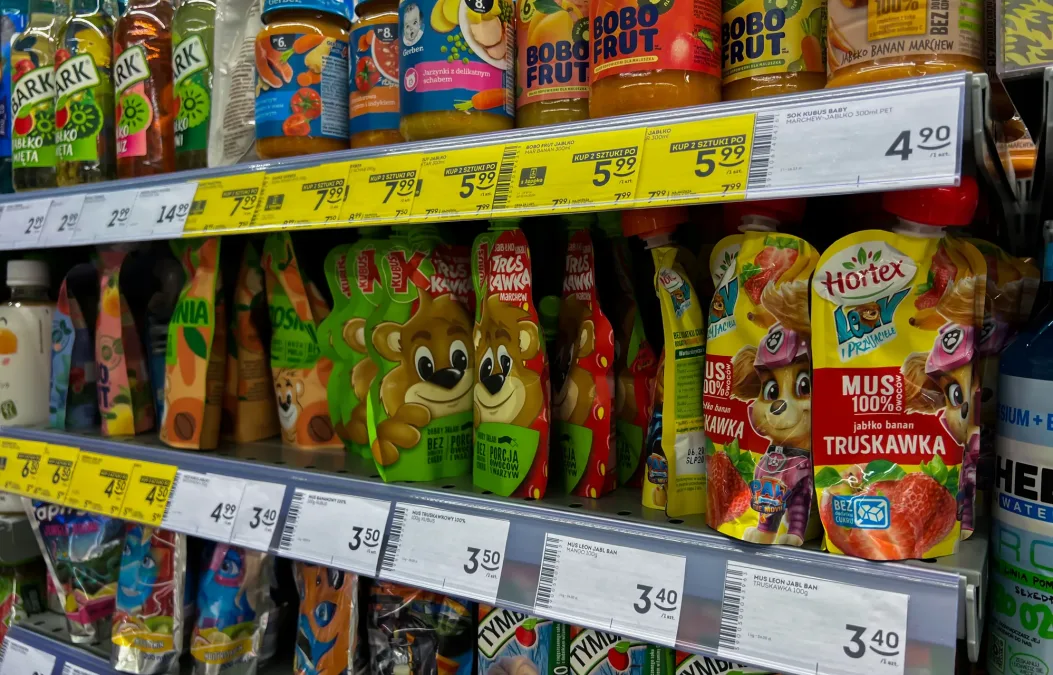Vilnius is currently a city going places, quite literally. Construction of a shiny new departures terminal at the Lithuanian capital’s airport was completed earlier this year, with the facility set to open in February.
As charming as the old terminal was—a throwback to very different times—few will miss it.
Indeed, mobility is currently one of the key buzzwords doing the rounds in the city, as it gently, with the minimum of fuss (such is the Lithuanian way), positions itself as a hub of innovation in the mobility sector.
Both the city itself and the many start-ups and tech firms that call it home are contributing. Not for nothing was it recently named the most business-friendly city in Central and Eastern Europe and the Baltics by a panel of experts surveyed by Emerging Europe.
At JUDU, a municipal enterprise that deals with all kinds of transportation in Vilnius, taking care of coordination, ticketing, parking, and traffic management, the emphasis is always on innovation, says Justas Jasevičiu, the organisation’s manager of mobility services.
“We are happy to be a sandbox,” he adds. “You could say that Vilnius is like a huge playground, where the newest ideas, the newest tools are tested. We are a progressive city, a city that is expanding, and we want to be at the forefront of new technology.”
Local policymakers have carefully balanced urban growth with measured investment in infrastructure.
Rather than adding new lanes for more cars, Vilnius has focused on bus rapid transit corridors, park-and-ride schemes, and judicious parking restrictions.
These measures have not fully eradicated congestion, of course, but they have prevented Vilnius’s streets from becoming as choked as those of its northern peers. In the competition for a liveable Baltic capital, Vilnius arguably enjoys pole position.
Carbon neutrality by 2030
Much—indeed if not all—of the innovation taking place in Vilnius is designed to make the city one of the most sustainable in Europe.
“We are part of a network of 100 cities aiming to be carbon neutral by 2030,” says Anton Nikitin, chief sustainability officer at Vilnius municipality.
The Lithuanian capital was selected as European Green Capital 2025 for its strong commitment to sustainability while having a realistic and down to earth approach.
The city’s motto for its European Green Capital title year sums up its attitude to sustainability, Vilnius – the greenest city in the making, and does suggest that there is work still to be done, something Nikitin recognises.
There has been a great deal of progress already, however. The city has successfully reduced emissions through various measures, such as increasing renewable energy sources and renovating heating infrastructure.
In addition, Vilnius is focusing its strategy on an efficient and solid citizen engagement. The city says it wants to combine its sustainability efforts with the happiness of its residents, promoting initiatives concerning clean air and water, biodiversity preservation, green spaces, and sustainable transportation. It’s all about making the city more liveable.
Even Vilnius’ tech-oriented approach to citizen engagement and participation is innovative.
“Citizens can use an app to engage with us in all relevant areas of transport management and planning,” adds Nikitin, who also says that one of the city’s strengths is that, “we are always looking into how we can implement positive changes as quickly as possible.”
One of the city’s key initiatives has been the extension of cycling infrastructure. In 2016, just 1.5 per cent of journeys were made by bike. It’s now approaching five per cent, “and every year the number of cyclists increases,” says Nikitin.
The role of start-ups and tech firms
Just as important as the city’s initiatives however is the role that Vilnius’s entrepreneurial scene has played in transforming the way people move.
Lithuanian start-ups—encouraged by a supportive tech ecosystem—have introduced cutting-edge transport apps, car-sharing platforms and data-driven mobility solutions designed to ease congestion and shift travel habits.
By forging partnerships with the city government and tapping into a well-educated, tech-savvy population, these young firms help nudge more Vilnians onto smart mobility services.
It is not merely a question of convenience; with every sleek app and smart ticketing platform, the city further ensures that the future of transport in Vilnius remains efficient, accessible and as traffic-free as possible.
Initially a hardware firm, Stuart Energy is one of those start-ups making an impact. The firm now concentrates on a software and energy management system that enables simple, end-to-end electric vehicle charging experiences. Its software makes charging points more efficient, says Rokas Endziulis, product manager at Stuart Energy.
“In Kaunas [Lithuania’s second largest city] our software has helped the occupation rate of charging points rise from three to 11 per cent,” he says.
Endziulis himself is from Kaunas, but as he admits, Kaunas is a more industrial city. “Vilnius is where the innovation happens.” As to whether it’s a good place to locate a start-up, “Yes, is the simple answer,” he adds.
Ignas Brazdauskas is CEO of Spark, a Lithuanian start-up that offers an all-electric car-sharing service, providing urban dwellers with eco-friendly, on-demand mobility. Besides Lithuania, the firm is also active in Bulgaria.
Through its intuitive mobile app, customers can locate, unlock and drive electric vehicles, helping reduce both traffic congestion and carbon emissions in Lithuania’s cities.
“We currently have 60,000 registered customers,” he says, adding that the city has been cooperative although he admits he would like to see more parking spots reserved exclusively for EVs. “Despite the high prices, finding somewhere to park in the city centre can still be a challenge,” he says, noting that EVs can, however, park for free.
Sharing best practice
When it comes to creating cleaner, more efficient transport networks, Vilnius’ best practice is not a secret set of principles kept under lock and key. It is, instead, a living toolkit of policies, infrastructure designs, and innovative technologies that can be shared, studied, and adapted across borders.
Indeed, so successful has Vilnius been that it can now offer an entire manual of how to green transport in a city, an example of best practice other cities can follow.
“It was a collaborative work between city authorities, architects, urbanists, policy makers and so on,” says JUDU’s Justas Jasevičiu. “And we are now sharing it with our partner cities.”
Having witnessed first-hand just how successful Vilnius has been in its sustainability efforts, any city would do well to read it.
Photo courtesy Go Vilnius.







